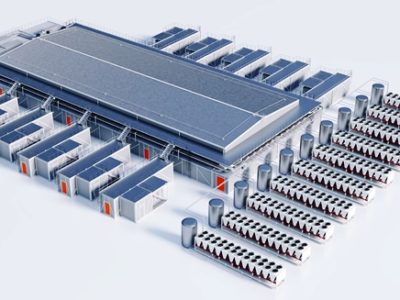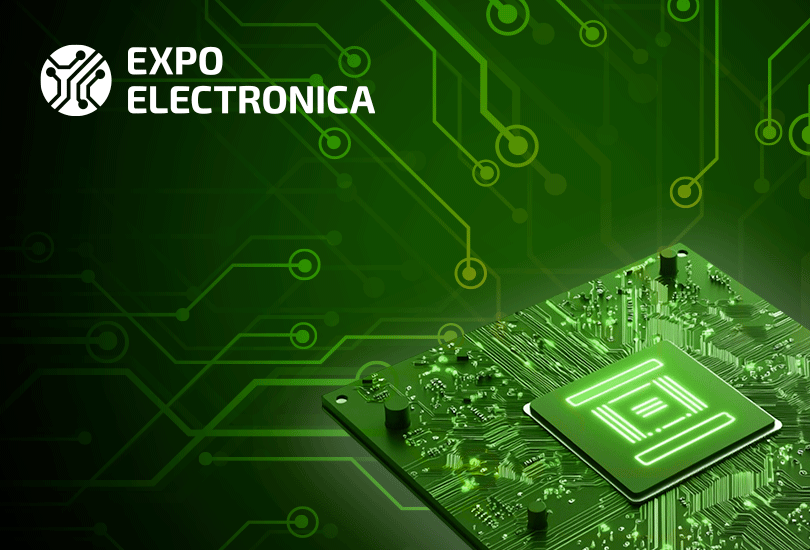Software-defined vehicles (SDVs) represent a combination of automotive features that provide new possibilities for passengers to engage with vehicles.
RELATED: Autonomy and eliminating emissions – IDTechEx explores the automotive future
In the report, “Software-Defined Vehicles, Connected Cars, and AI in Cars 2024-2034: Markets, Trends, and Forecasts”, IDTechEx depicts how the cellular connectivity within SDVs can provide access to IoT (Internet of Things) features including OTA (over-the-air) updates, personalization, and entertainment options.
IDTechEx outlines features included in SDVs. Source: IDTechEx
AI assistants and OTA updates
Artificial intelligence within an SDV can work as a digital assistant to communicate and respond to the driver, with some vehicles using AI-visual characters that appear on the dashboard to make interactions more engaging. An AI assistant can have multiple benefits, from explaining the vehicle’s features to the driver to using biometric authentication to place a coffee order from the nearest drive-thru coffee shop, ready to be collected upon arrival. AI assistants within SDVs can also communicate with the driver when the car needs servicing and will be able to locate the nearest dealer and make payments with the same secure system.
Overnight OTA updates are another key benefit for drivers of SDVs when the newest software becomes available to ensure the vehicle’s features, apps, performance, and security are all running as optimally as possible. OTA updates are already available from some car companies such as Tesla and can provide an ease of maintaining the vehicle without drivers having to remember to check for updates or book an appointment at their service center, where they would otherwise have to wait for completion.
Biometric authentication and personalization
Individual profiles can be created within SDVs using biometric authentication, such as face scans to remember seat positions, climate control preferences, preferred radio stations, and more. Touchscreens spanning across the dashboard will also adjust to personalized preferences, including favorited apps, colors, and layout. The car could even use this secure biometric authentication to log passengers into email accounts and make payment options accessible, so that fuel, EV charging, and drive-thru food and drink can be paid for from the vehicle without the driver needing to find their wallet or leave the car, saving time and creating a more streamlined experience.
BMW is one OEM that has a selection of SDV features that it offers as add-in options for drivers when they purchase the car, including driving assistants and traffic camera information, which is then reset for when the car is resold, meaning the next owner can make their own new personalization preferences.
Joining work video calls, watching TV, or playing games on touchscreens in the vehicle is another benefit of SDVs that can allow cars to feel more personalized, making journeys more enjoyable with passengers able to carry out normal activities while on the go.
Connected cars and real-time maps
Connected car technology, also explored in IDTechEx’s report, includes the possibilities of real-time maps to make journeys safer. Interconnectivity between cars can help vehicles form an accurate and up-to-date driving map, with the ability to detect collisions and traffic jams as they happen, sharing the information with others in the network and suggesting the best possible routes for time-saving and safety. BMW provides an example of connected car technologies, where one vehicle can send a warning to others of upcoming poor weather or road conditions. Volvo also carried out a trial where cars received the location of connected cycle helmets to inform drivers where cyclists would be on the road.
IDTechEx’s outlook
IDTechEx describes a futuristic high-level SDV as including features such as 6G cellular connection, touchscreen features across the entire front of the vehicle connecting the driver and front-seat passenger, multiple app store access, and levels of autonomy enabling hands-free driving. Alternative revenue streams can be generated for vehicle OEMs as a result of SDV developments as they begin to employ more advanced software in cars driven by consumer demand.
IDTechEx predicts SDV feature availability over the next decade. Source: IDTechEx
To find out more on this topic and download sample pages from the IDTechEx “Software-Defined Vehicles, Connected Cars, and AI in Cars 2024-2034: Markets, Trends, and Forecasts” report, please visit www.IDTechEx.com/CSDV.
































